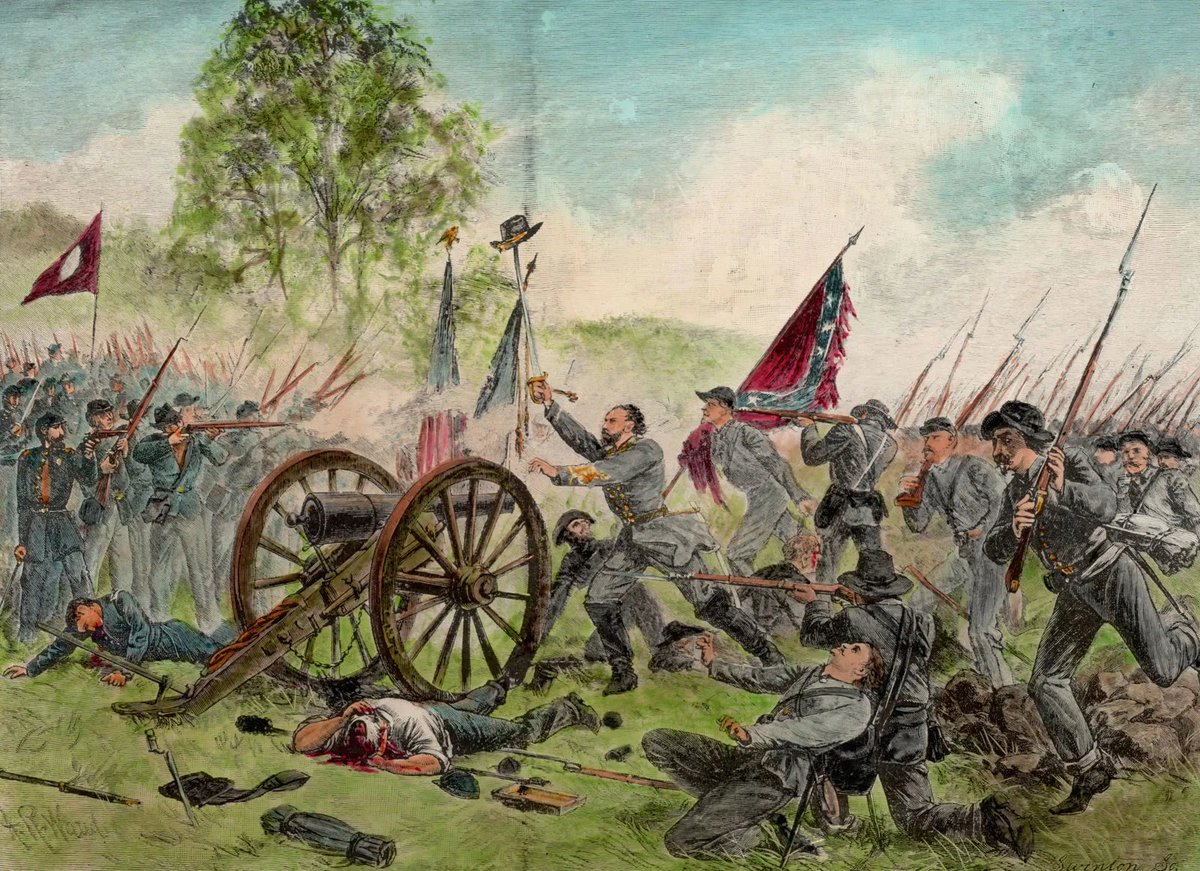
“I was born an American; I will live an American; I shall die an American." Daniel Webster
How to get URL link on X (Twitter) App


 Background
Background

 The Importance of Atlanta to the Confederacy
The Importance of Atlanta to the Confederacy

 Early Life and American Heritage
Early Life and American Heritage

 Origins of the Whiskey Rebellion (1791-1794)
Origins of the Whiskey Rebellion (1791-1794)

 VP, Harding’s Death, Coolidge Sworn In:
VP, Harding’s Death, Coolidge Sworn In:
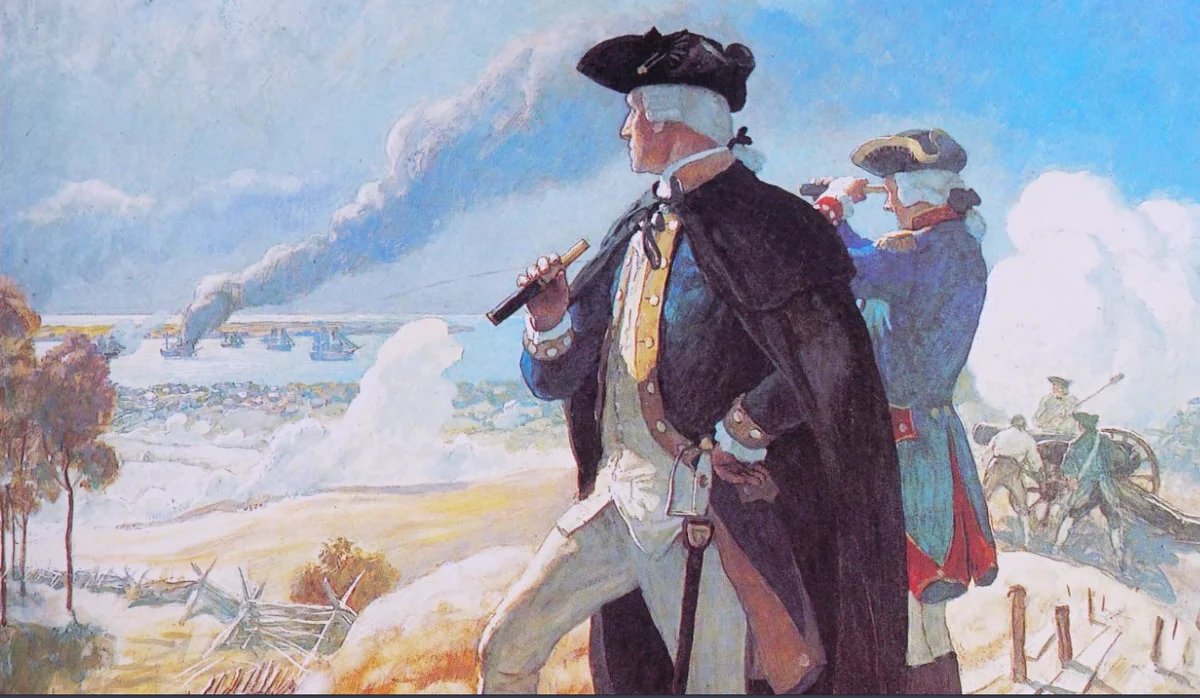
 Background and Leadup:
Background and Leadup: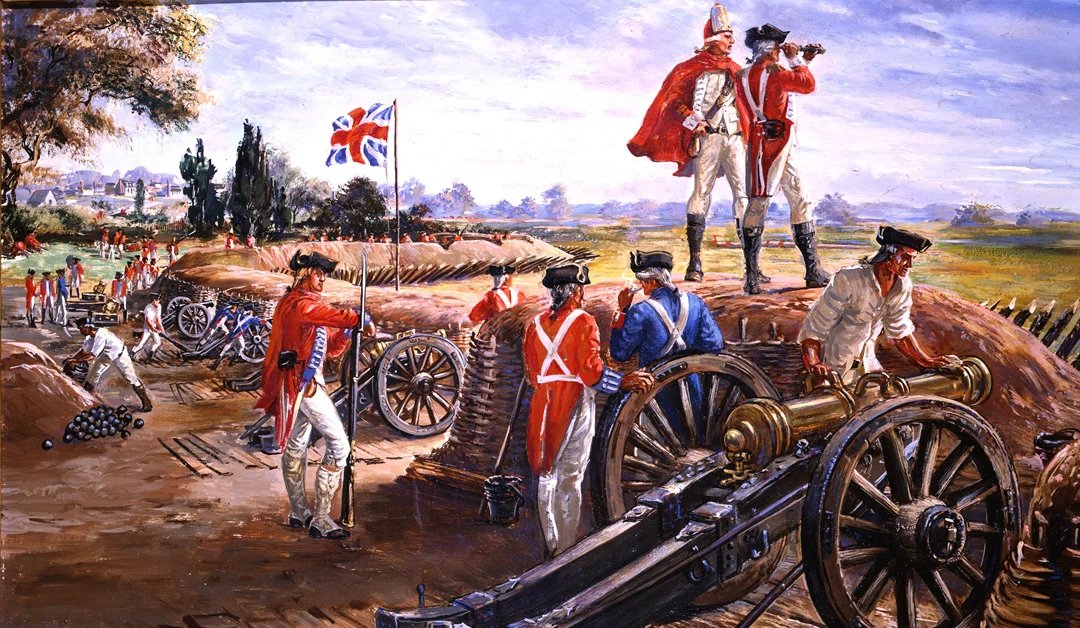

 Early Life and Family (1734–1750s)
Early Life and Family (1734–1750s)

 Delivering Parts for the Atom Bombs
Delivering Parts for the Atom Bombs

 Family Heritage and Early Life:
Family Heritage and Early Life: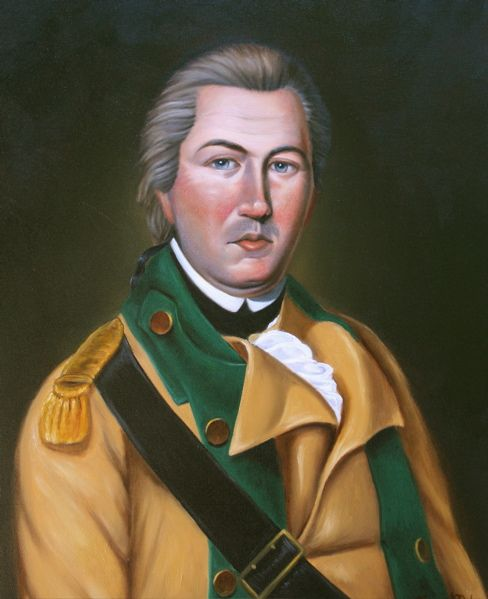
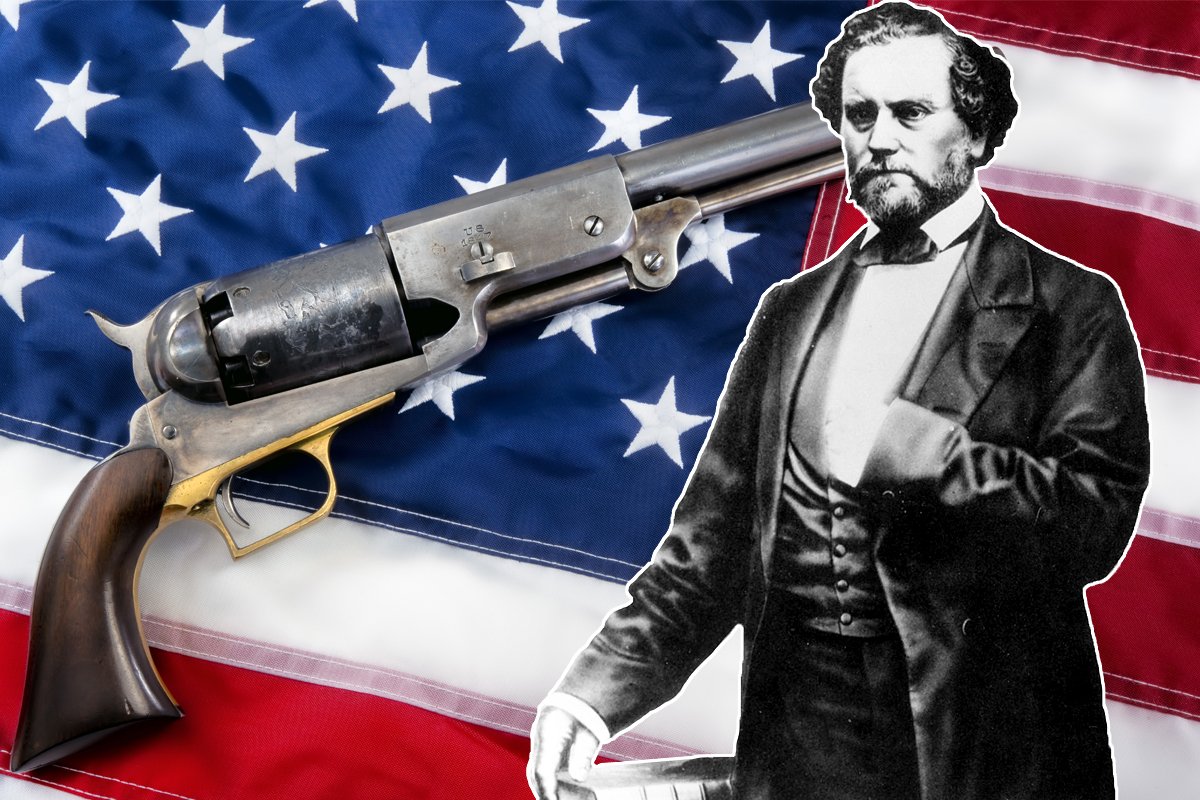
 Family Background and Early Life:
Family Background and Early Life:
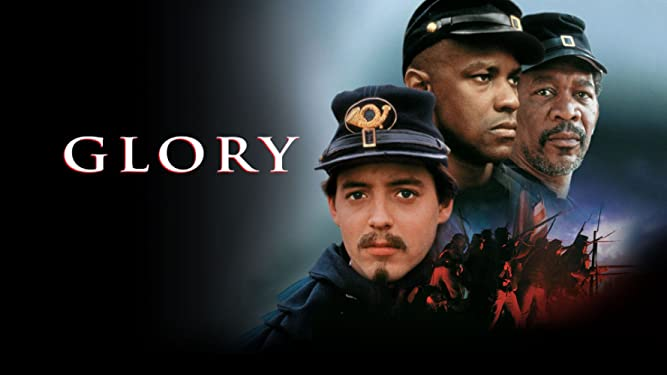
 Background and Leadup:
Background and Leadup:

 Background and Leadup:
Background and Leadup: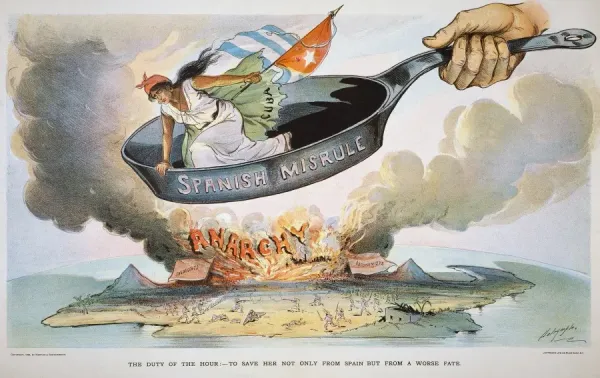
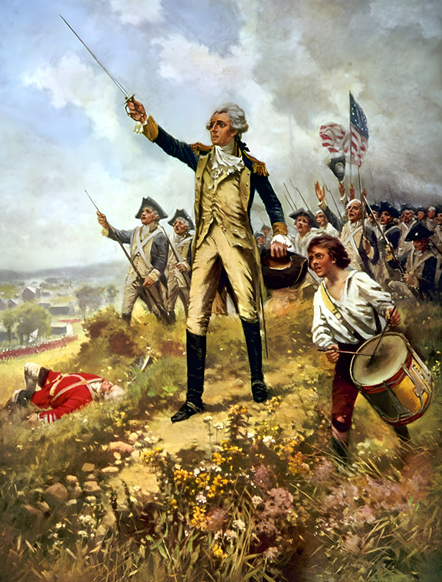
 Family and Early Life:
Family and Early Life:
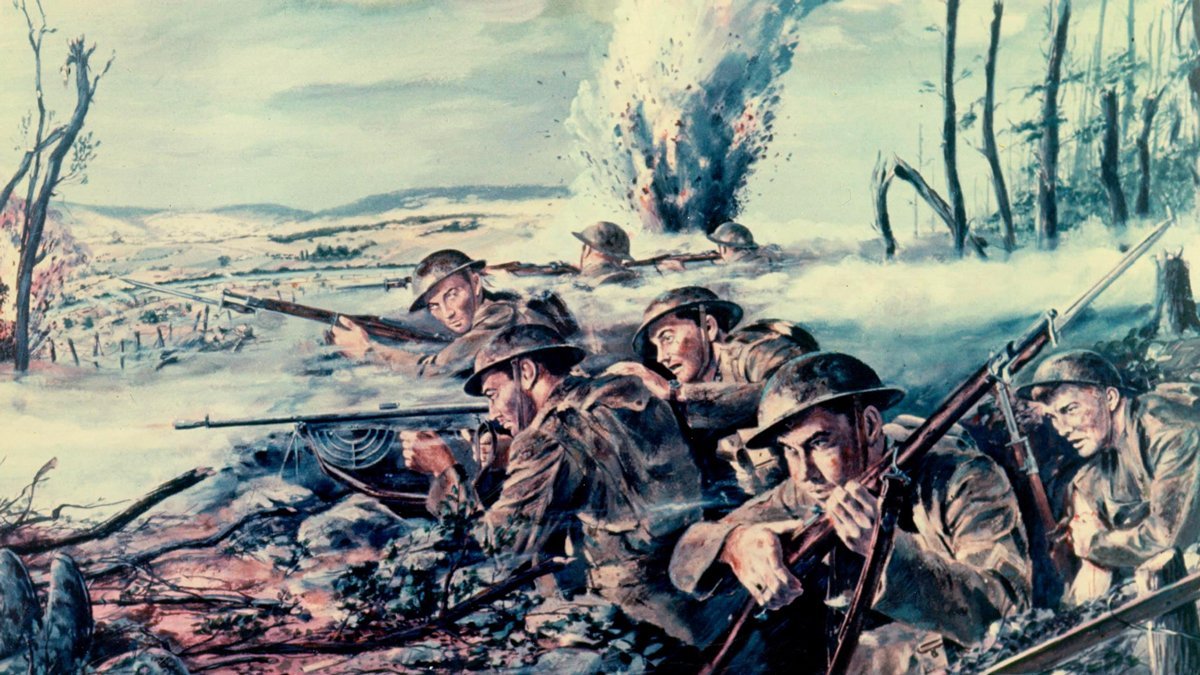
 Background and Lead-up:
Background and Lead-up: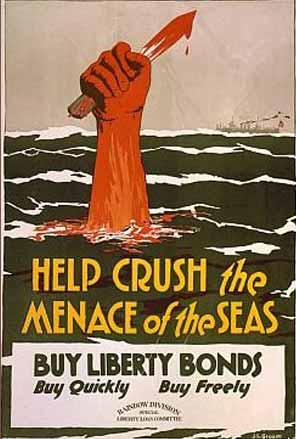

 The Battle of Monongahela:
The Battle of Monongahela: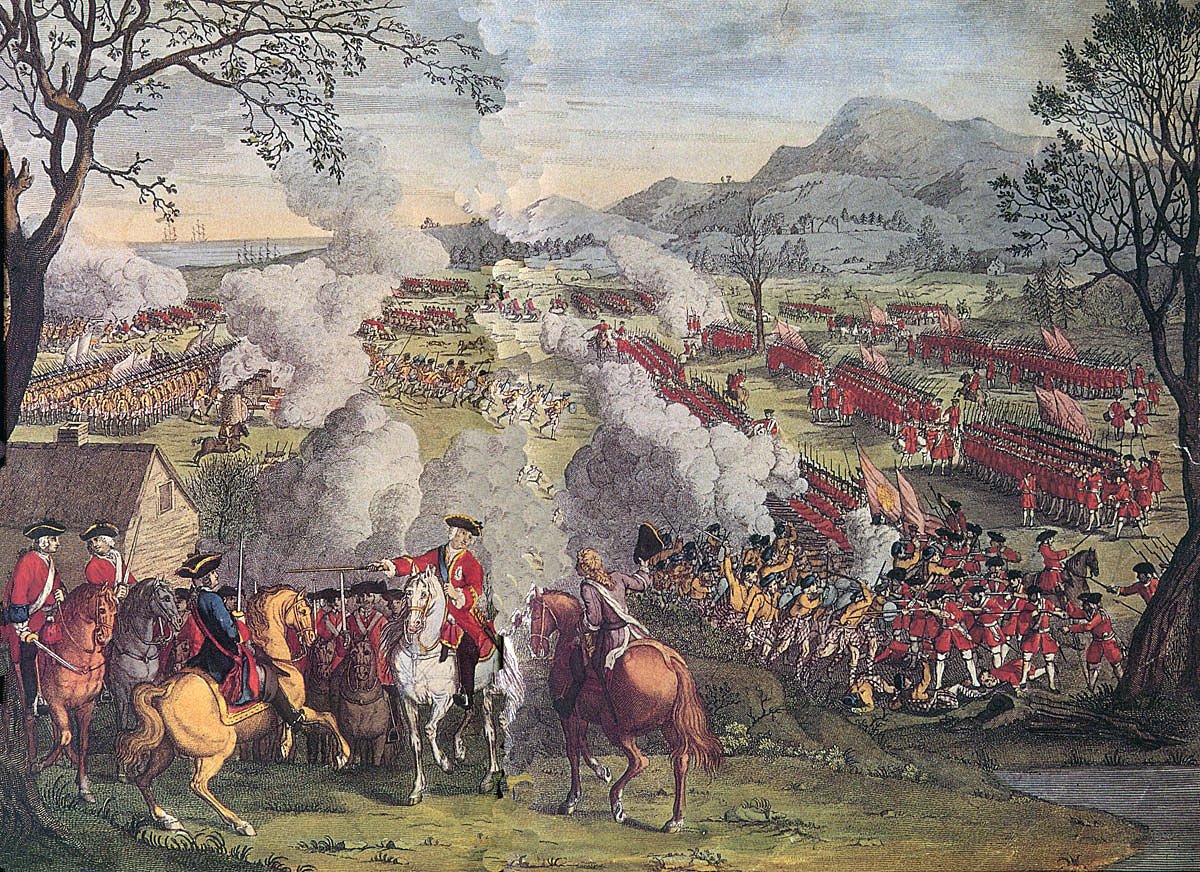

 Background and Goals:
Background and Goals: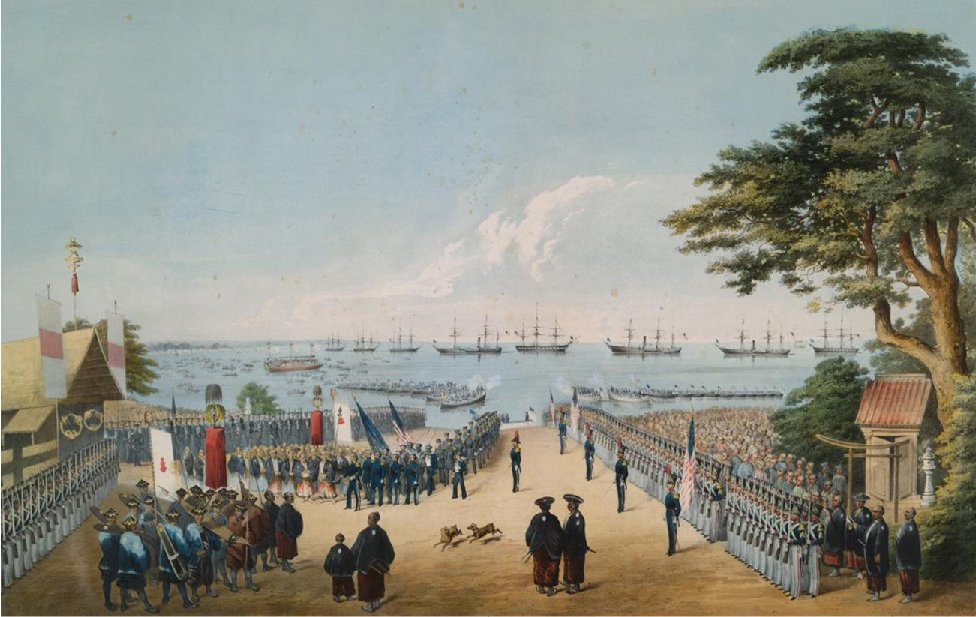
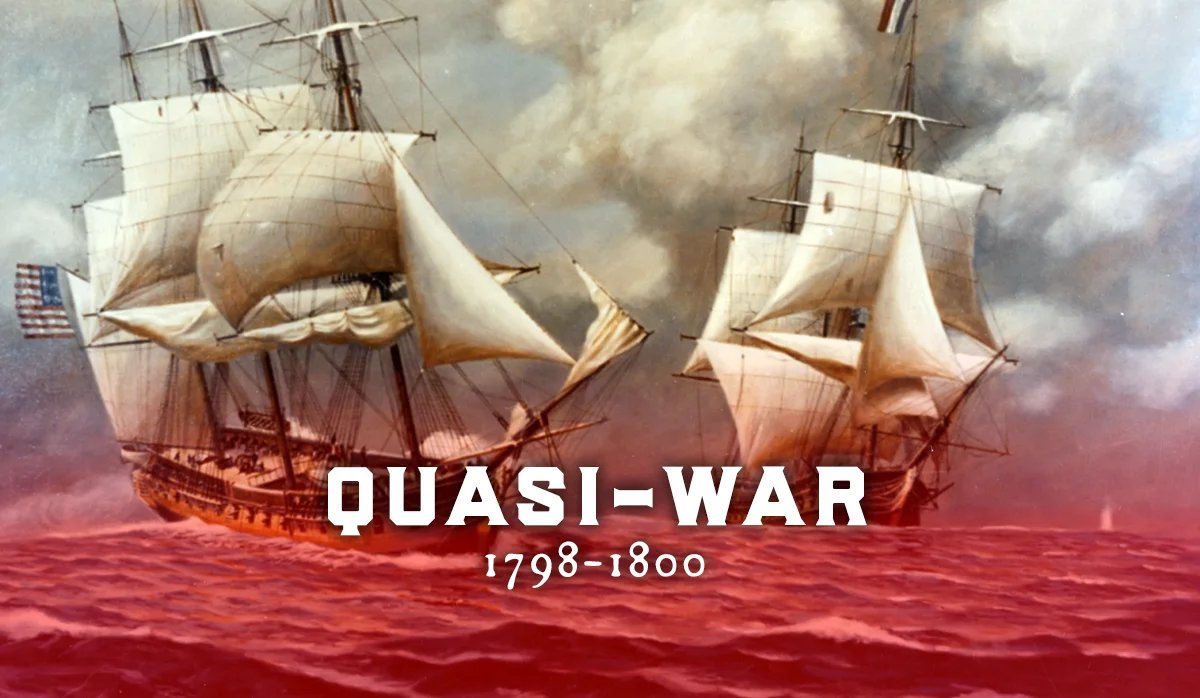
 Background and Leadup:
Background and Leadup: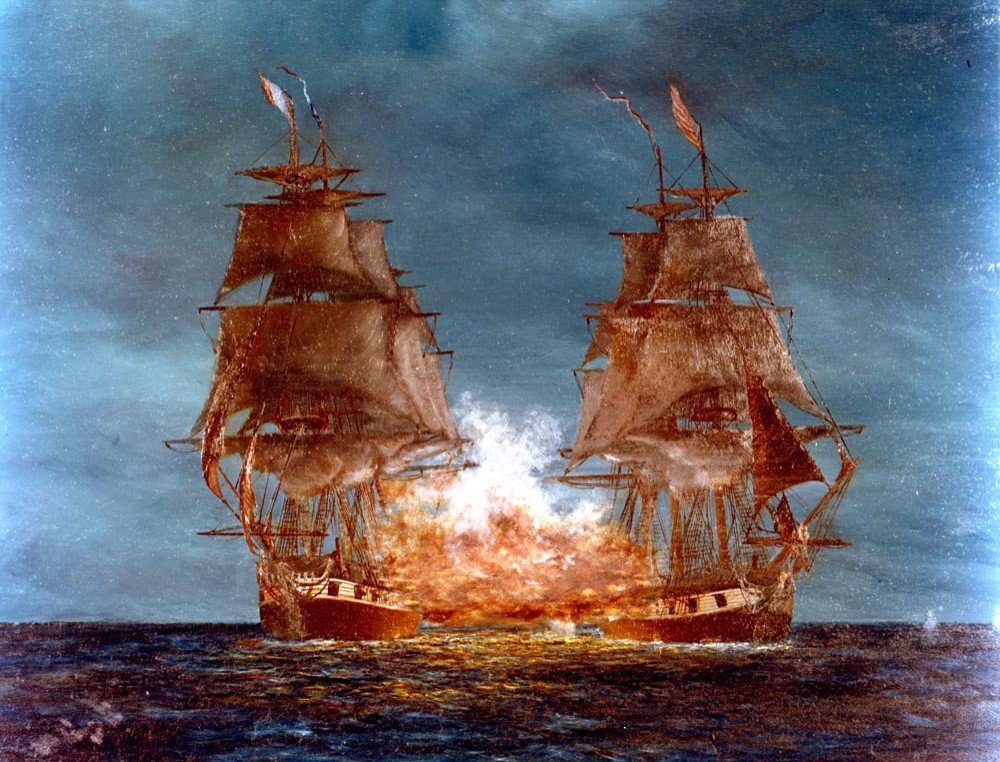
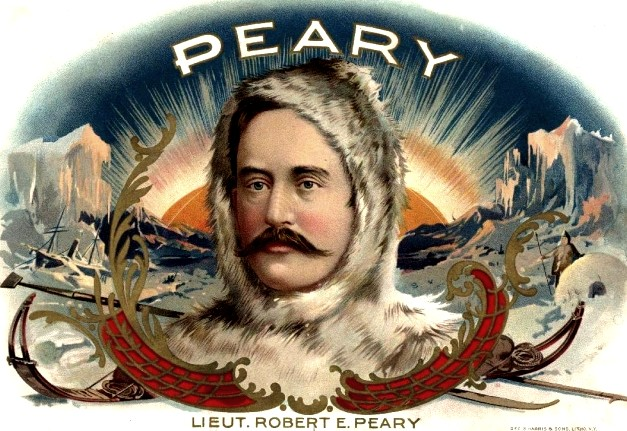
 Background:
Background:
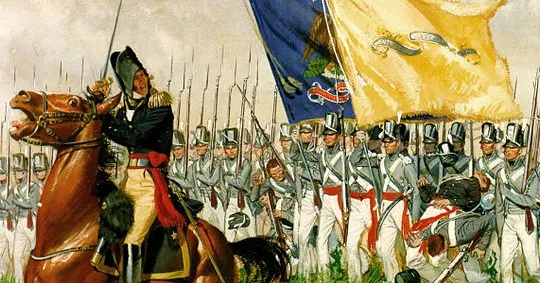
 Background and Leadup:
Background and Leadup: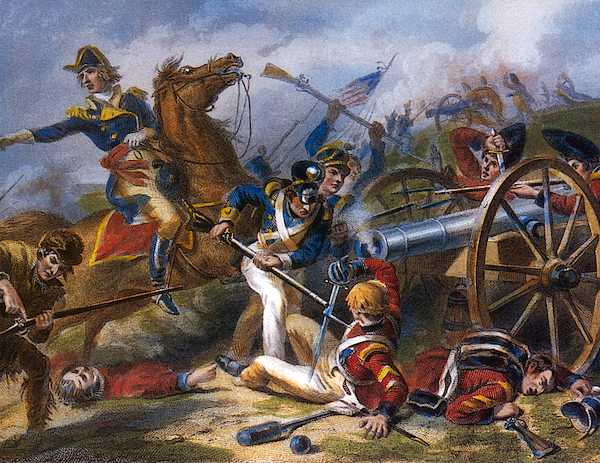

 Key Points in the Declaration:
Key Points in the Declaration:
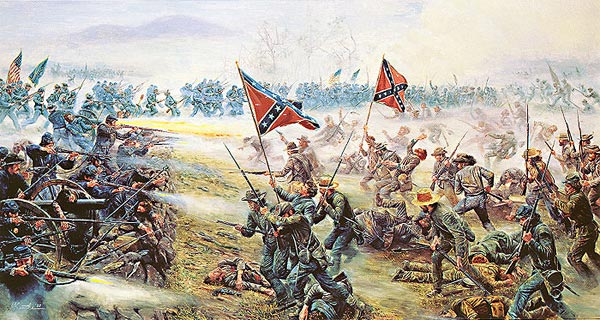
 Artillery Barrage:
Artillery Barrage: